Are you trying to figure out what your roof fascia is?
We will explore the world of roof fascias. From their crucial functions in protecting your home to the vast array of materials available, we will cover everything you need to know about roof fascias. Discover expert insights into installation techniques and essential maintenance tips, and explore various design options to enhance your roof's visual appeal.
Whether you are a homeowner or a professional in the roofing industry, this guide will provide valuable information and practical advice for understanding and working with roof fascias. Prepare to expand your knowledge and make informed decisions for your roofing projects!
What Are Roof Fascias, And Why Are They Important?
Let us start by introducing you to roof fascias and why they are essential for the overall structure of your roofing system.
The fascia is the horizontal 'board' or structure running along the edge of your roof (underhang) where the outer walls of the building meet it. It's installed perpendicular to the soffit, which connects the fascias to the outer walls.
Although the primary purpose of a fascia is to support the roof structure and minimise the damage from the elements, it can also be used to mount other accessories. For instance, most homes may attach a gutter system to it.
The Benefits Of A Roof Fascia
1. It Adds To The Aesthetics Of Your Home
There's no denying that homeowners value the aesthetics of a home's exterior, and a fascia board can help with that.
Firstly, it renders a complete and seamless look to the roof by covering the ends of the trusses (or the panel points) and any gaps between the roof and the walls. This is especially important in the case of sloping roofs, as the fascia board stands out even from a distance, covering any gap or edges.
Nevertheless, the absence of a fascia, irrespective of the size and shape of the roof, can make it look incomplete and uneven. As such, you can choose from different materials, designs and colour options for your fascia to match the overall look and feel of your home's exterior.
2. It Acts As A Line Of Defense For Your Roof
Since the fascia board covers the gaps and connections between the roof and the exterior walls of your home, it keeps the elements from damaging the roof. For example, the fascia prevents rainwater from entering the roof deck and, eventually, the interior of your home.
Additionally, it aids the insulation of your roof by minimising the chances of hot and cold air entering or leaving your home through the upper section. This, in turn, can improve the energy efficiency of your home's appliances, like heaters and air conditioners.
The fascia also protects the edge of your roof from damage by the wind and deters pests and insects from entering the roof deck or your home.
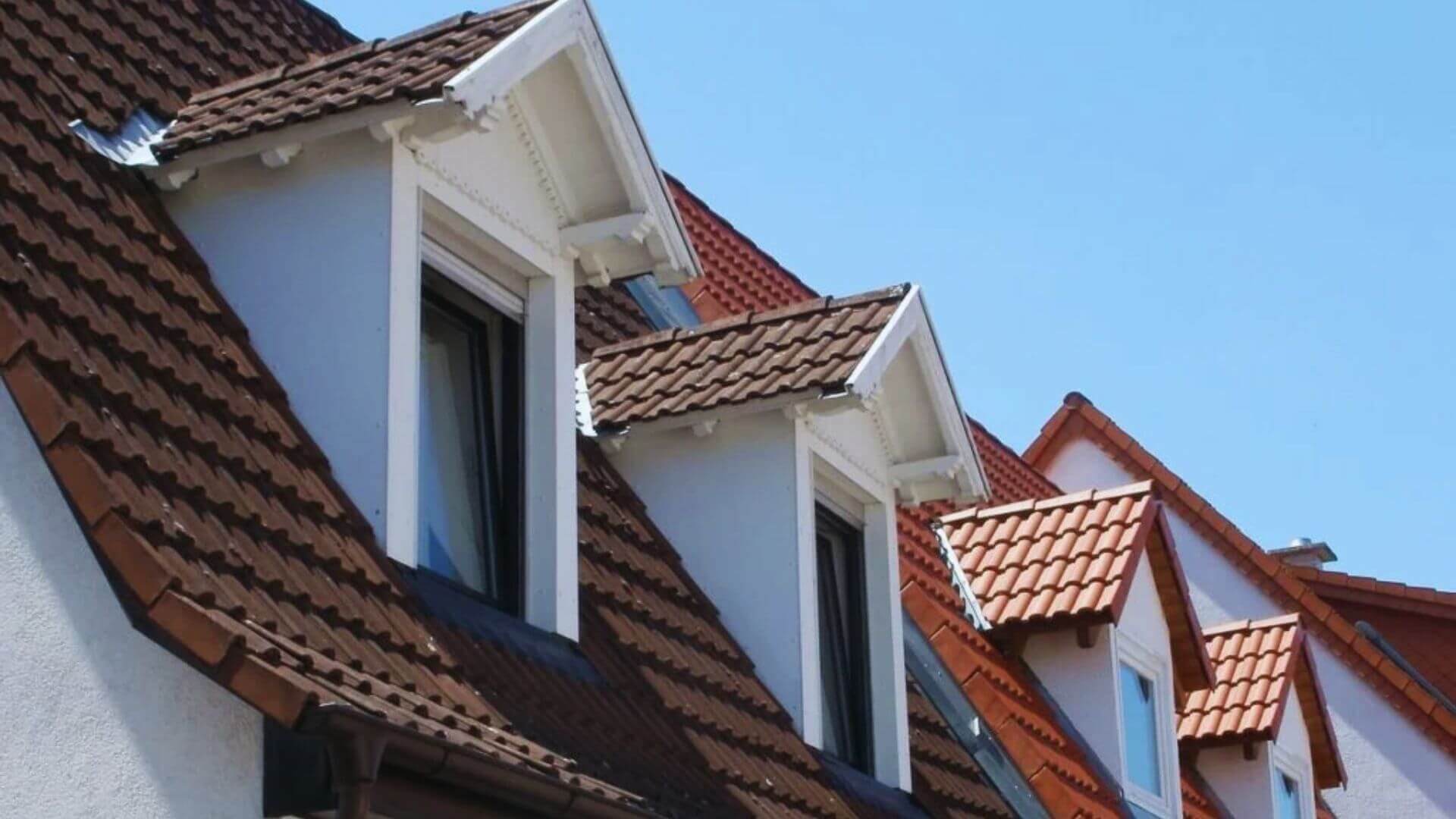
3. It Adds Support To Your Roof
The fascia is a crucial element that provides some much-needed support to the shingles or tiles on the roof's bottom (or near the edge), keeping them from sagging over time. An improperly installed or damaged fascia can cause the bottom row of the roof shingles or tiles to come loose, exposing your roof and its internal structure.
4. It Secures The Gutter And Downspout To The Roof
The gutter and downspout systems are integral to a roof's structure, especially in areas susceptible to heavy rain and wind. In hindsight, these elements allow rainwater to flow harmlessly along the roof's edge and your home's exterior wall to the drain below without causing any seepage.
As a result, your home stays protected from moisture-related foundational damages. The fascia is the most important (and only) connecting point between the roof and the gutter.
Types Of Materials Used For Roof Fascias
There are four types of materials generally used for building roof fascias, which include:
1. Wood
Wood is among Australian homes' most common and affordable materials for fascia construction. You will find wooden fascias made from different types of timber, such as fir, cedar, and pine, among others. The biggest plus of wooden fascias is that they are versatile and can complement the look of practically any house- choose the right paint for the purpose.
However, wooden fascias can be extremely difficult to maintain, as wood is susceptible to moisture-related damage. You should prime and paint them regularly (every five years or even more often) and ensure that the gutter system is functioning correctly and not retaining any water.
But even with these practices, a wooden fascia can get damaged, especially in areas with heavy rainfall. Repairing it can become an arduous task, and you may only be left with the option of replacing it entirely. In short, the maintenance costs and efforts can offset the affordability and convenience of wooden fascias sooner rather than later.
2. Vinyl
Vinyl is another affordable fascia material used for fascias that is comparatively durable and water-resistant. You may find vinyl fascia boards in ready-to-install kits for DIY installation; maintaining them won't strain your nerves or burn a hole in your pocket. For instance, you can quickly fix discoloured vinyl fascia boards by spray painting them.
However, the biggest issue with vinyl fascias is that they don't usually stand the test of time, which can affect the overall look of your home. Besides, installing vinyl fascia can become costly depending on the area to be covered.
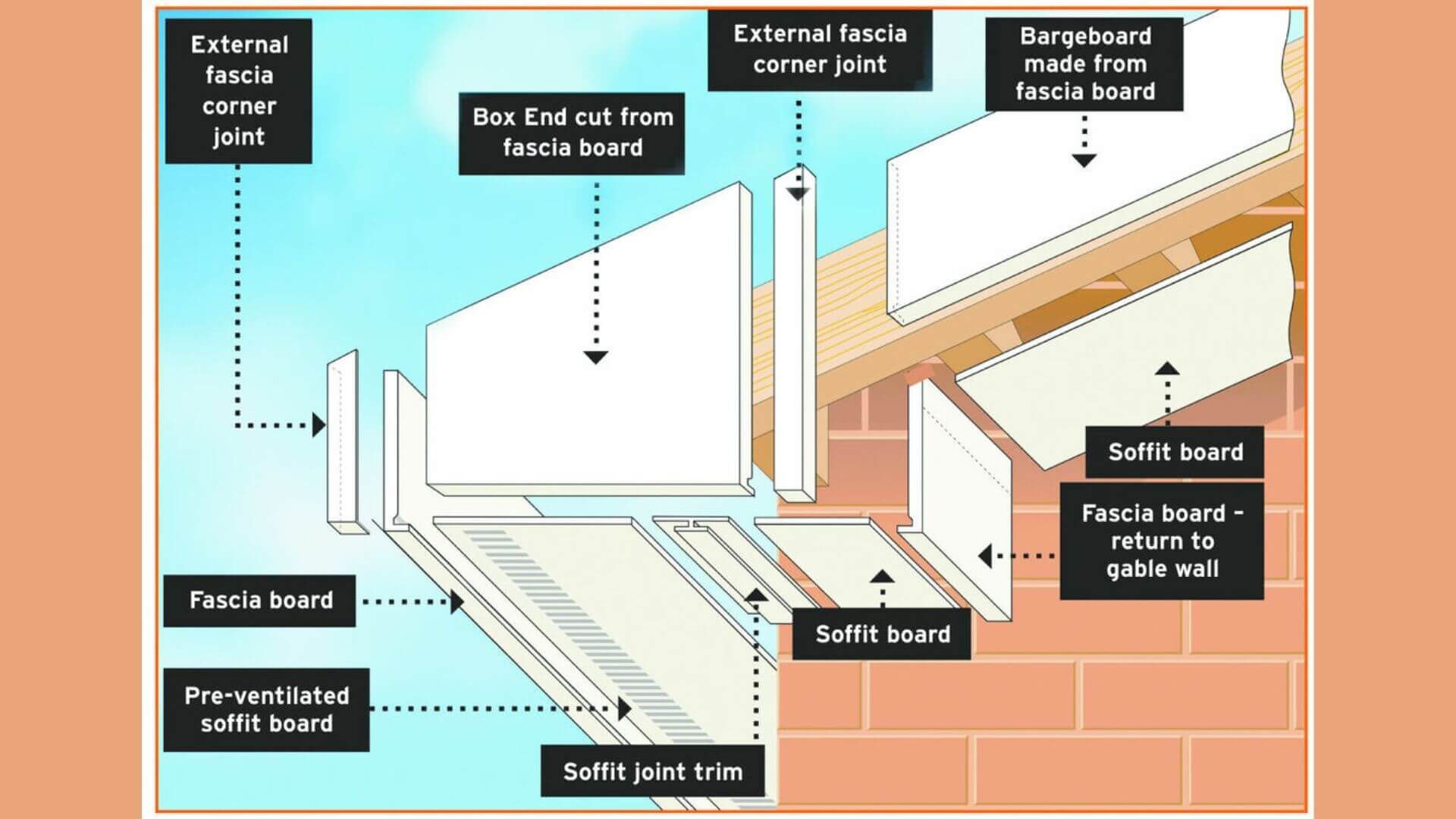
3. Composite
Composite fascias are typically made from wood chips, dust, and plastic that are 'glued' together using epoxy resin. They are shaped and installed just like their wooden counterparts, and they are an eco-friendly option.
Further, compost fascias are very durable and require minimal maintenance. However, these boards can also become very difficult to repair if damaged.
Moreover, composite boards tend to contract and expand when exposed to heat, so roofers install special channels to counter the problem. They may also have to take additional measures to seal the joints to prevent moisture from entering your home. These steps will invariably add to the cost of the already expensive composite boards.
4. Metal (Aluminium)
Metal fascia boards, like those made of aluminium, are among the top choices for Australian homes for many reasons.
For one, aluminium fascia boards are the most durable option, resisting different weather conditions. This is why many prefer wrapping their wooden fascia boards with metal. Further, these boards come in various thicknesses for other purposes.
For example, if your area experiences many storms, you may opt for thicker aluminium boards to prevent them from being dented by falling tree branches.
Besides, they have a straightforward installation process and are entirely corrosion-resistant. But you can always coat them with a finishing of your choice to reinforce their durability in the long run. You will also find aluminium fascias in various colours to suit your aesthetic.
Although metal fascias can be slightly expensive to install, their low maintenance and longevity will quickly compensate for that additional expense.
Maintenance Of Roof Fascias
Caring for and maintaining your roof fascia can be made easy with these tips:
1. Check And Clean Your Gutter
Since a fascia is almost always connected to the gutter system of a roof, it's essential to ensure that the gutter is functioning correctly. The build-up of moisture and debris can put undue strain on the gutter (and, in turn, the fascia), so clean it regularly, especially after rainstorms.
When cleaning, run a quick visual check to ensure no loose or sagging portions and tighten them if required. Similarly, replace the caulking if you see any gap between the roof and the edges of the gutter.
Otherwise, water and pests may infiltrate your home through the gaps between the fascia and the roof.
2. Clean The Fascia
Like cleaning the gutter, cleaning the fascia is crucial to longevity. Unclean fascias can become discoloured and start rotting.
You can use a leaf blower on the lowest setting to eliminate loose debris like dry leaves and twigs. However, if you notice mould spots or dirt deposits, dip a soft-bristled toothbrush in a soap solution and scrub them until clean. Rinse with plain water to finish.
Another thing to be wary of is water deposits behind the fascia, even when the gutter isn't blocked. In this case, we'd suggest installing a drip edge to direct the water dripping from the roof and prevent it from accumulating behind the fascia.
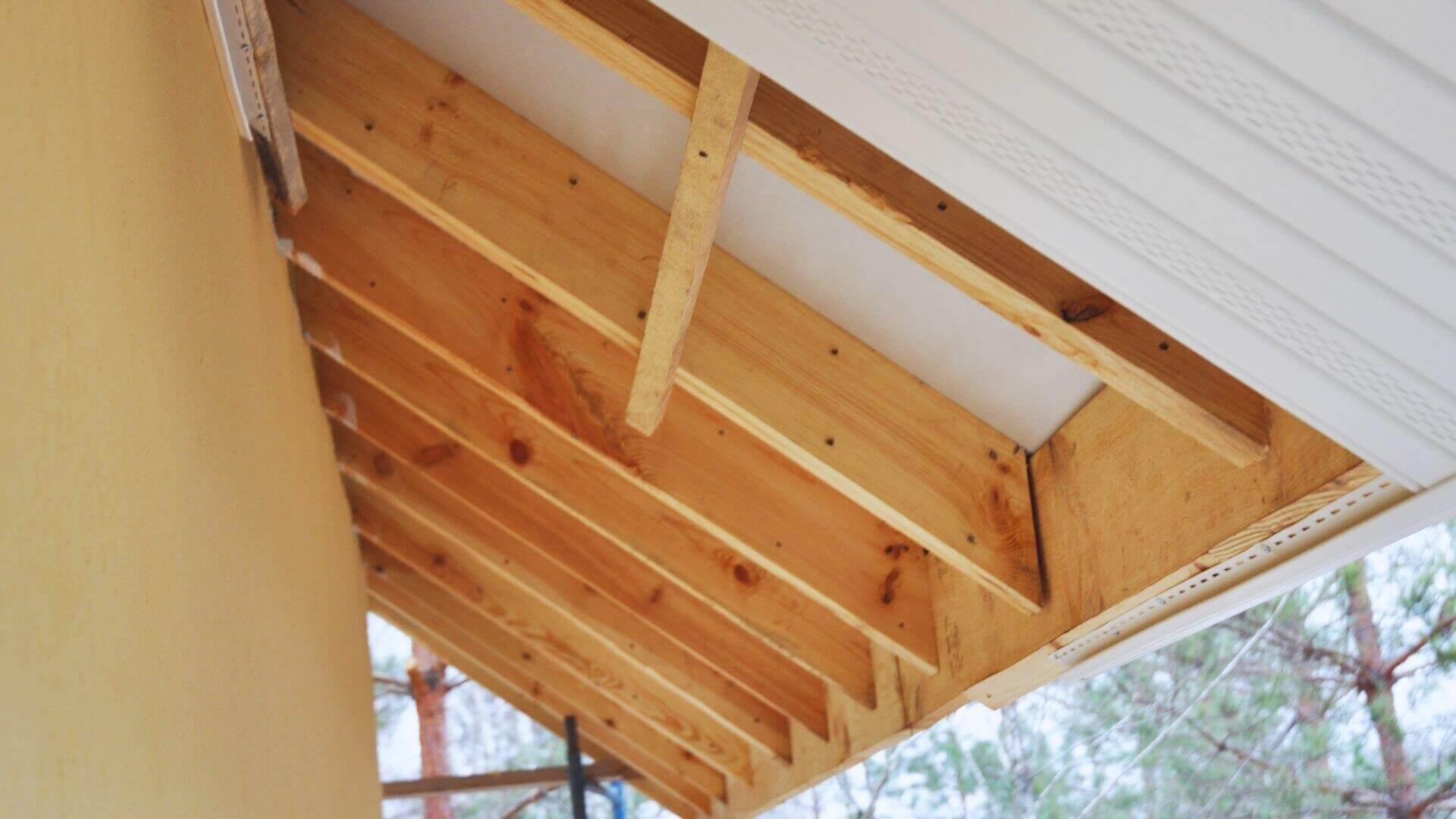
3. Check The Attic And Fascia
Since your attic stays in close contact with the fascia, inspecting it regularly can help you detect issues in the fascia. For instance, pest infestations, mould spots and bird nests near the areas where the attic meets the roof can indicate water damage or gaps in the fascia.
Aside from that, it would be best to visually inspect the fascia from the outside to reverse other signs of damage, such as dents or peeling paint and fix them as soon as possible. Severe damage to the fascia boards, like 'soft spots', will require you to replace them, and we will tell you all about the process in a later section.
4. Paint And Seal The Fascia Boards
High-quality paints and sealants can go a long way in protecting the fascia boards from problems like discolouration and cracks. As such, you can opt for paints and sealants suitable for the weather conditions of your area and the board's material.
For example, if you have a metal fascia and your area receives a lot of rainfall throughout the year, you may choose a finishing product like WD-40 to make the surface lubricant. This will also drive away moisture to prevent water-related damage and the chances of rust or corrosion.
Moreover, ensure that you retouch the fascia as soon as you observe peeling paint or the shiny finish of the sealant wearing out.
Repairing The Fascia
The exact steps for repairing the fascia will depend on the damage it has endured. For example, if the screws or nuts holding the boards have become damaged or worn out with time, you can replace them.
However, if dents or cracks near the fascia cannot be fixed with caulking or screws, it's advisable to change the boards in the vicinity. First, remove the fascia boards and thoroughly clean the area.
Then, measure the area to get the right-sized board for replacement. Vinyl or metal fascias, available in DIY kits, will make your work easier. Follow the kit's instructions and finish the process by applying some high-quality paint or sealant.
Ensure you have the right tools, such as a non-slip ladder and safety gear like hard helmets. We strongly recommend hiring professional help if you don't feel confident or lack the right resources. Otherwise, you may end up causing more damage to the roof and injuring yourself.
Installation Of Roof Fascias
Installing roof fascias can be a challenging task without the right expertise and tools at your disposal.
The process typically starts with measuring the area of installation, i.e., the length of the roof's edge. At the same time, it's essential to consider the fascia's depth, as it's necessary to get the right-sized fixings to secure it. However, if you're replacing a damaged fascia or want to change the look of your roof, the first step involves removing it and all the fasteners holding it.
Once the area is prepped and the measurements noted down, the next step is to choose the right type of material for the fascia. As you've seen above, certain materials fit specific situations and roof types better than others. The fascia boards, irrespective of the material, are generally fastened to the roof fasteners using screws and nails while ensuring they sit flush with the edge. Professional fascia installers always use a spirit level during this step to ensure proper alignment.
Since gutter systems are commonplace in Australian homes, the next step involves fastening the gutter brackets along the fascia with screws and nails. The brackets should be spaced out evenly and be durable enough to support the weight of the gutter and the water that will accumulate during rain.
The last step of the installation is painting the fascia, though this step is optional for metal fascia. Adding a waterproof or rust-proof finish to enhance durability may be a good idea.
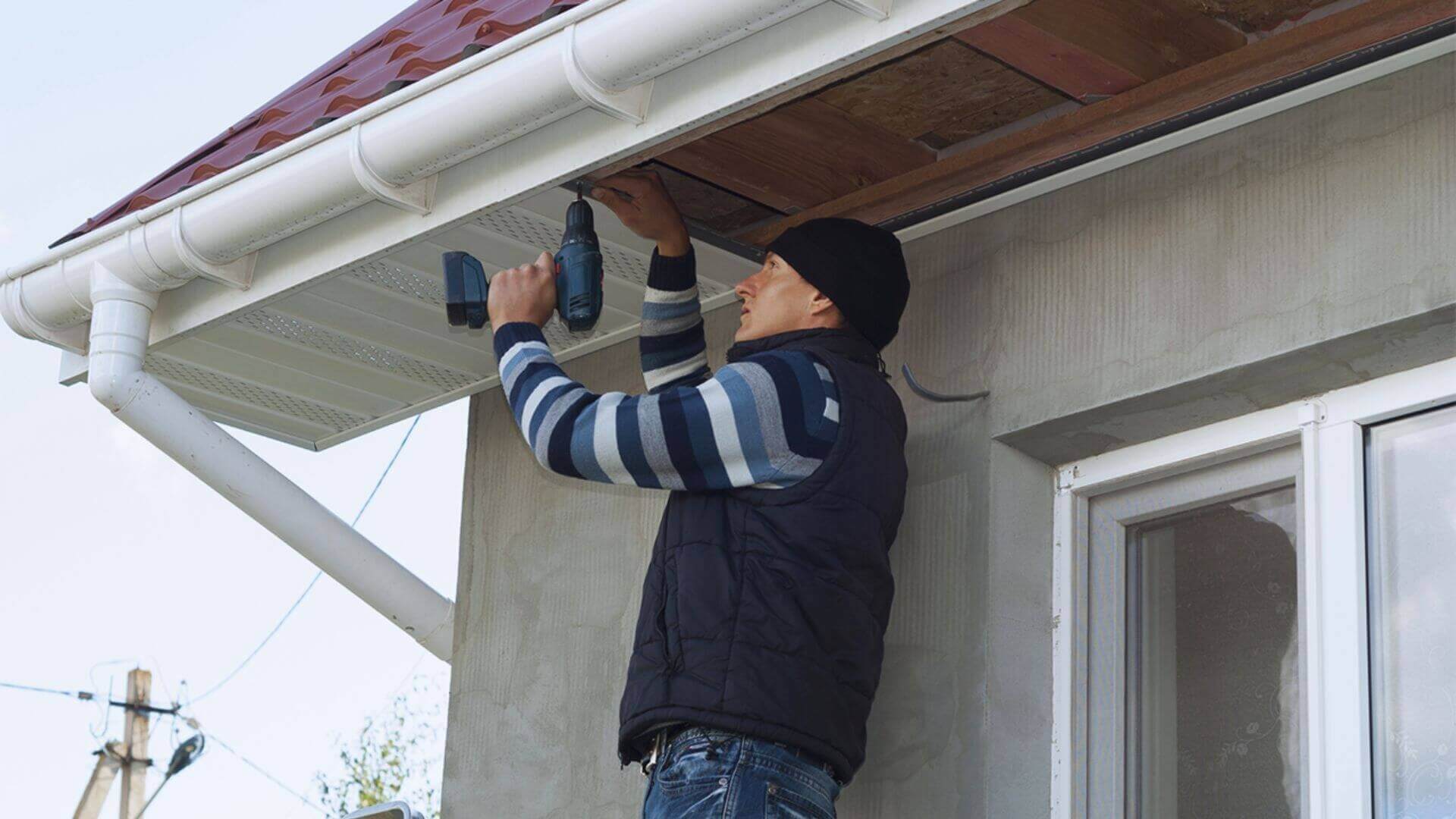
Other Factors To Keep In Mind
It goes without saying that safety is paramount to reduce the risk of accidents and injuries during installation. Here are a few safety tips that should be kept in mind:
1. Using The Right Equipment
One of the top reasons homeowners choose professional fascia installation is the right equipment, like a sturdy, anti-skid ladder, safety harnesses, and hard hats. The ladder should be placed on a uniform surface and secured at the top and bottom to prevent wobbling.
Likewise, wearing safety equipment like hard hats and harnesses minimises the risk of falling down the ladder and injuries that may be caused by shingles or fascia boards falling.
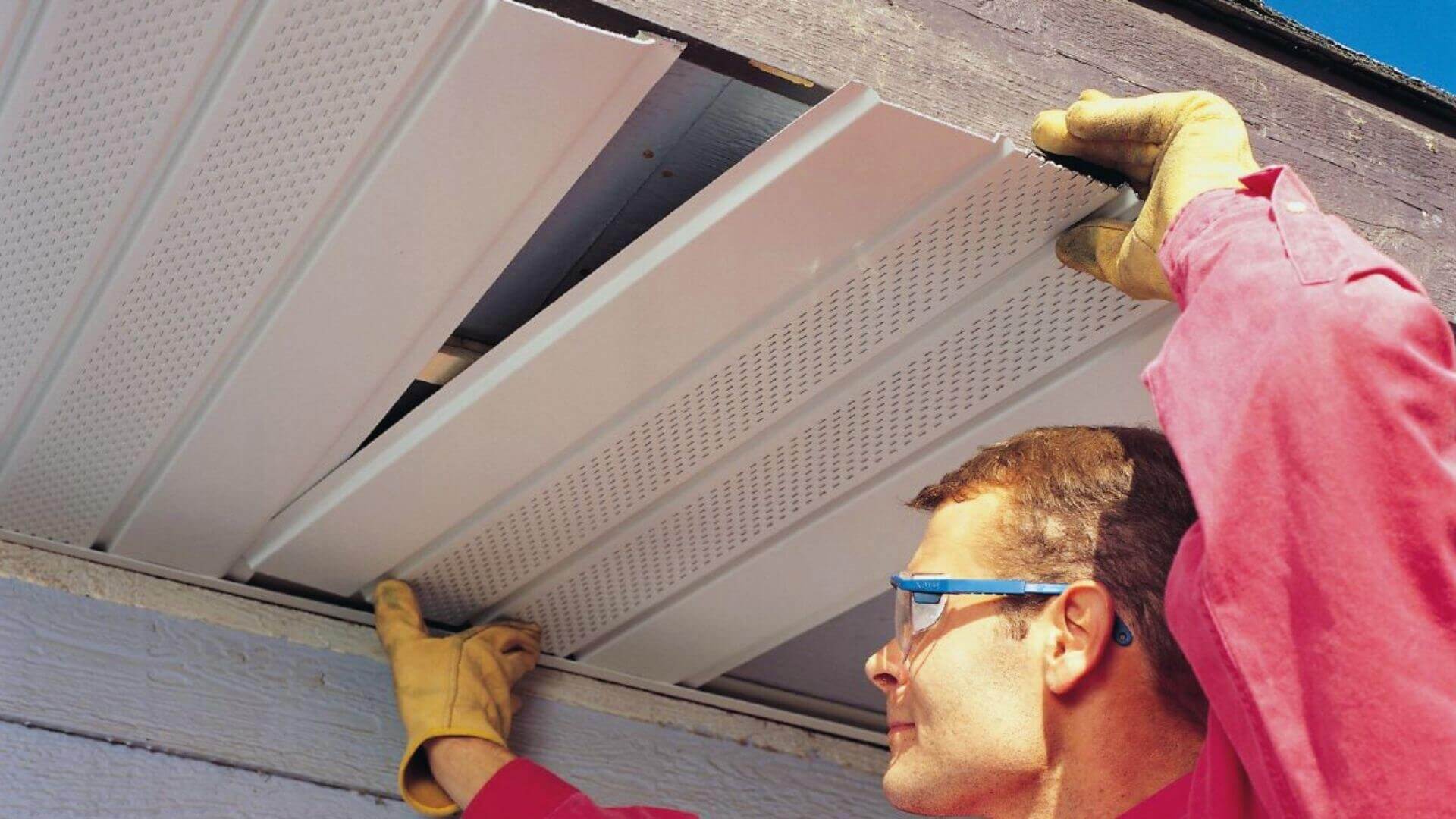
2. Checking The Weather
Bad weather can hamper the installation process and pose a severe safety threat. Hence, it's important to ensure that the installation dates don't clash with windy, rainy, or snowy days.
That's why we strongly recommend checking the weather forecast before installation. Moreover, the fascia should be kept away from moisture and wind for at least a couple of days after installation to let it 'set' in place.
3. Working Around Power Lines
If overhead power lines are near the roof, the ladder should be placed away from them, and all work should be done safely away from the lines. You can also speak with the concerned authorities to temporarily shut down the power and obtain the necessary permissions.
Signs That Indicate It's Time To Replace Your Roof Fascia
Since roof fascias are directly exposed to the elements, there's every chance they will get damaged over time. While some damages can be repaired, others may require you to replace the entire structure unless you want a safety hazard for your home's foundation or, worse, your family!
So, keep an eye on these warning signs and contact a professional immediately to get the fascia replaced:
1. Cracked Or Flaked Painting
Replacing the damaged board is good if you notice cracks near or on the fascia. Not only is a cracked fascia detrimental to the look of your home, but it can also facilitate the entry of moisture, debris, and pests through the roof.
Additionally, rainwater or debris accumulation can put undue strain on the cracks, causing the entire fascia to come down and inflict heavy damage. Even flaking paint can indicate cracks in the fascia, so you should inspect the affected area or get it checked by a professional.
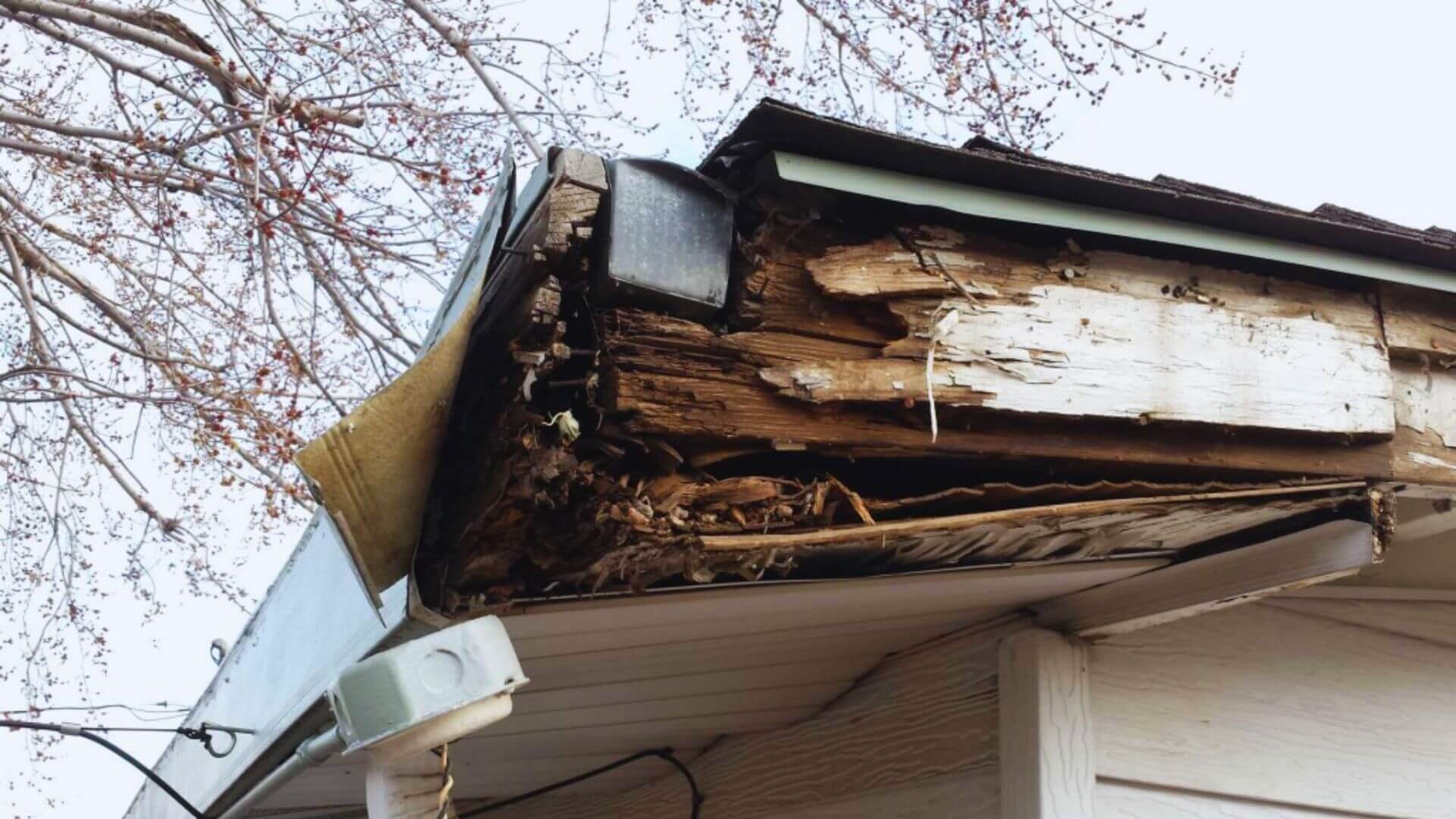
2. Pests And Birds' Nests In The Attic
Pests and birds entering the attic can be a sign of damaged fascia, which can then spread to your entire home and cause damage. In most cases, these problems are caused by cracks and giant gashes in the fascia, which is why the board should be replaced as soon as possible.
3. Reduced Ventilation
Many fascias are equipped with vents that allow air circulation in the roof, between the board and the felt (near the final layer of the roofing material). However, blocks or damage to the vent will invariably reduce your home's ventilation, especially in the attic. This can result in heat and moisture retention, increasing the chances of mould or mildew formation.
If you feel that your attic has become humid and stuffy, check the fascia vent for any blocks or damage and get the board replaced (for a new vent).
Understanding The Parts Of Your Roof
Caring for your roof adequately protects your home and avoids costly repairs. By learning about critical parts like the roof rafters, roof edges, and fascia, you can make informed maintenance decisions. Our comprehensive guide to fascia types equips you with the knowledge to pick the suitable materials.
We are partnering with qualified roofing experts like A. I Gutter & Roofing ensures your roof system performs optimally. Our roofing contractors assess and service all roof components, from shingles to roof fascia boards to guttering systems. We help industrial, commercial, and residential buildings maintain strong roof integrity against weather damage.
Contact us to inspect your roof edges, identify potential issues early, and recommend solutions. Proper maintenance keeps your roof rafters, fascia boards, and other elements in top shape, adding life to your roof. Let our roofing professionals provide a detailed roof assessment today.





